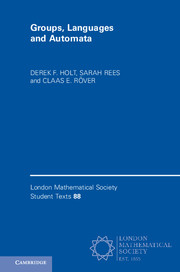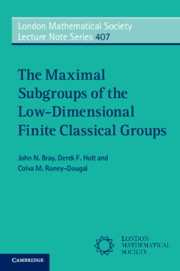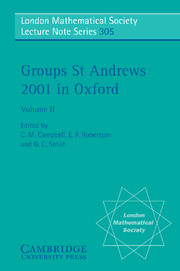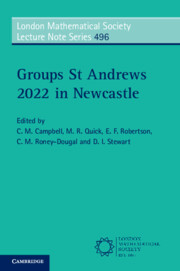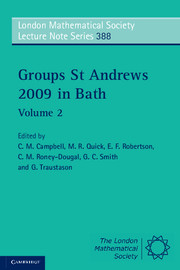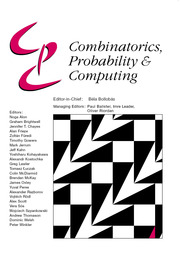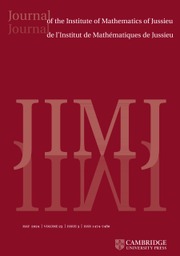Groups, Languages and Automata
Fascinating connections exist between group theory and automata theory, and a wide variety of them are discussed in this text. Automata can be used in group theory to encode complexity, to represent aspects of underlying geometry on a space on which a group acts, and to provide efficient algorithms for practical computation. There are also many applications in geometric group theory. The authors provide background material in each of these related areas, as well as exploring the connections along a number of strands that lead to the forefront of current research in geometric group theory. Examples studied in detail include hyperbolic groups, Euclidean groups, braid groups, Coxeter groups, Artin groups, and automata groups such as the Grigorchuk group. This book will be a convenient reference point for established mathematicians who need to understand background material for applications, and can serve as a textbook for research students in (geometric) group theory.
- Can be used as a primary text for new postgraduates
- Contains detailed coverage of many of the interesting examples arising in geometric group theory, including hyperbolic groups, manifold groups, braid groups, Coxeter groups, and more
- Includes all the necessary background material, with sketch proofs or exercises for the more important results on which the applications to group theory depend
Reviews & endorsements
'The authors study how automata can be used to determine whether a group has a solvable word problem or not. They give detailed explanations on how automata can be used in group theory to encode complexity, to represent certain aspects of the underlying geometry of a space on which a group acts, its relation to hyperbolic groups … it will convince the reader of the beauty and richness of Group Theory.' Charles Traina, MAA Reviews
'There are copious references and separate indices for notation, subjects, and names of earlier researchers. In summary, this text (written by three experts on the subjects) is a mostly self-contained condensation of hundreds of individual articles. It will serve as a valuable one-stop resource for both researchers and students.' Eric M. Freden, MathSciNet
Product details
No date availablePaperback
9781316606520
306 pages
227 × 152 × 18 mm
0.45kg
35 b/w illus. 25 exercises
Table of Contents
- Preface
- Part I. Introduction:
- 1. Group theory
- 2. Formal languages and automata theory
- 3. Introduction to the word problem
- Part II. Finite State Automata and Groups:
- 4. Rewriting systems
- 5. Automatic groups
- 6. Hyperbolic groups
- 7. Geodesics
- 8. Subgroups and co-set systems
- 9. Automata Groups
- Part III. The Word Problem:
- 10. Solubility of the word problem
- 11. Context-free and one-counter word problems
- 12. Context-sensitive word problems
- 13. Word problems in other language classes
- 14. The co-word problem and the conjugacy problem
- References
- Index of notation
- Index of names
- Index of topics and terminology.

